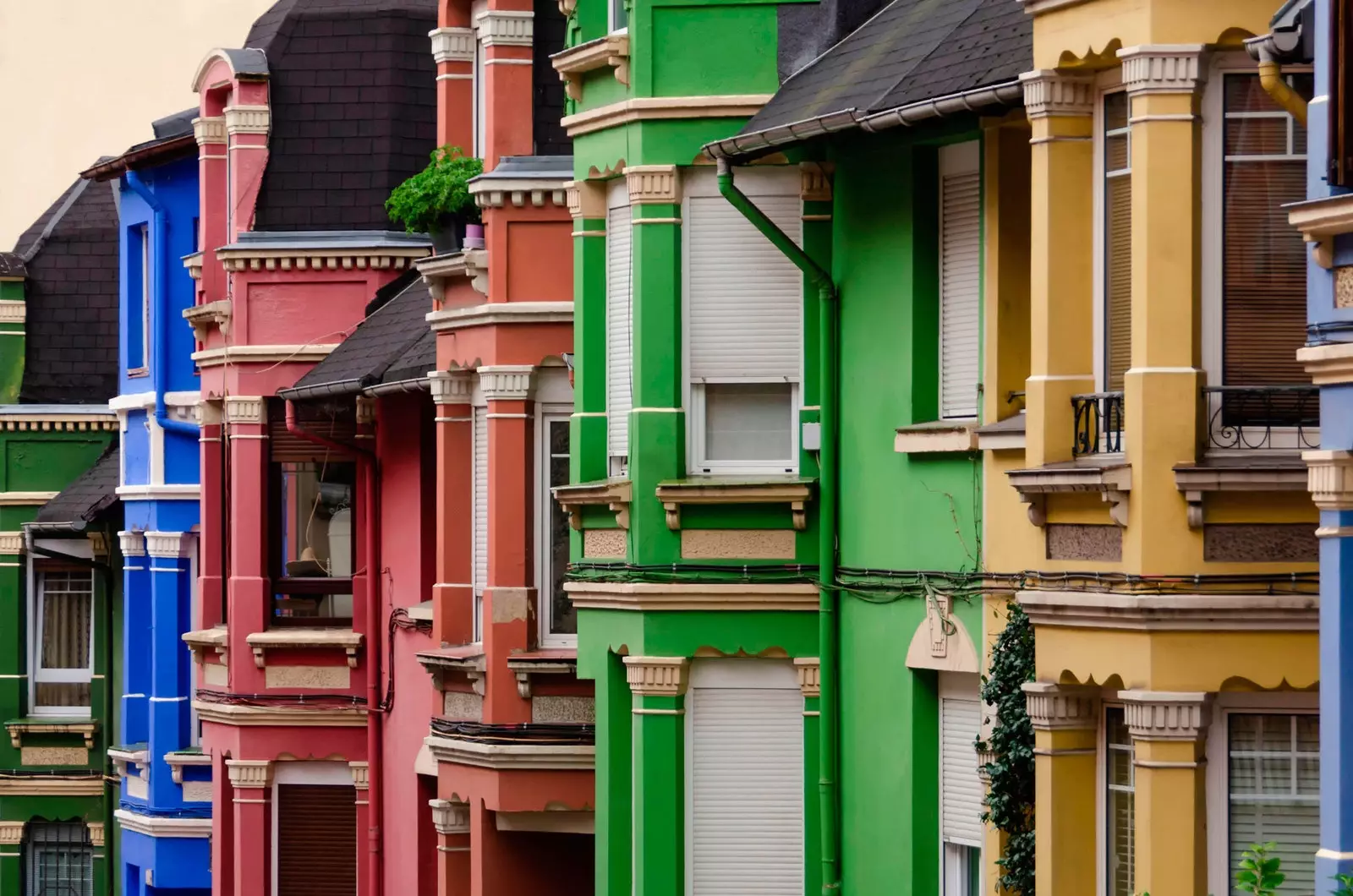
Irala, a neighborhood that always smelled like bread
Irala is a neighborhood that always smelled like bread. Because it was there, in an area then only dotted with a few orchards and farmhouses on the outskirts of Bilbao, where Juan José Irala installed his bakery.
He was the seed of a business and real estate project that hatched, in just a decade, in a new and modern neighborhood. of that longing The name remains –Iralabarri–, a part of the old factory and a handful of unlikely English-inspired houses.
These small villas now sport brightly colored facades and are mostly spread out on the streets Baiona, Kirikiño and Zuberoa.
Like a good part of the constructions carried out in the area during the first decade of the 20th century, they were built by the architect Federico Ugalde, who was also the restorer of the Arriaga theatre, and Enrique Epalza, author of the characteristic Basurto Hospital.
these dwellings, in the form of small chalets or semi-detached houses, they had two or three rooms besides a living room, kitchen and bathroom, and in its facades the English influence and the neo-Basque style were mixed. Without missing some modernist detail, typical of the time.
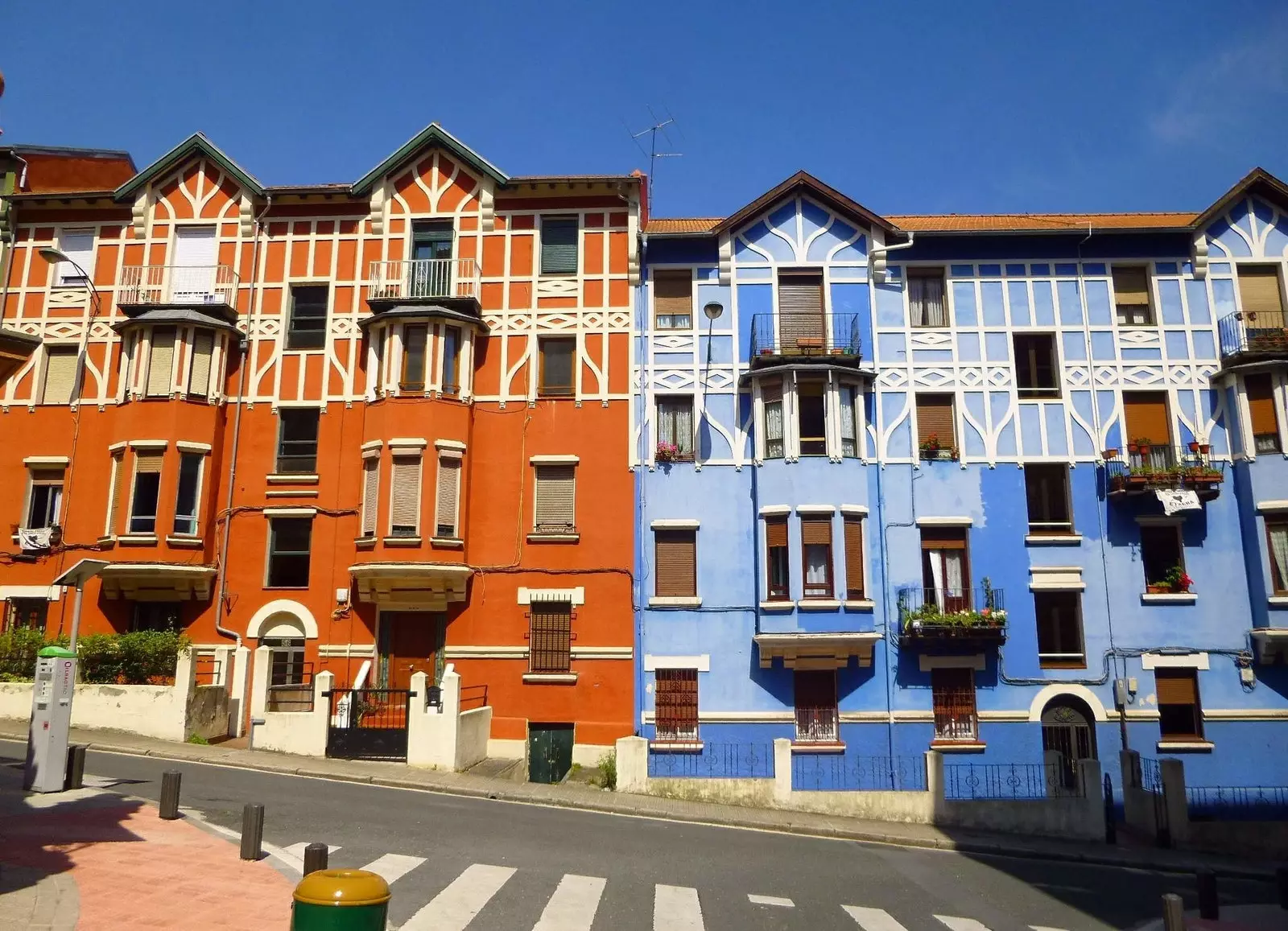
Zuberoa Street
A VILLAGE WITHIN THE CITY
The English houses of Irala are part of that real estate project that was born in the shelter of Harino-Panadera, the company created by Juan José Irala uniting several small businesses and whose location was carefully chosen.
Those extensive lands located behind the Vista Alegre bullring constituted the outskirts of Bilbao, so they had an important space, something vital for the real estate issue, and they were close to the train tracks and the freight railway station, a very relevant issue for the bakery.
At that time, several hundred people were already working in the factory. For this reason the entrepreneur, influenced by the hygienist currents that toured Europe -that the houses are hygienic so that those who live in them can also be so-, wants build houses in the same area and thus facilitate the movements of their workers.
Although also with a clear vocation for reform in the residential aspects of the lower classes that were produced in the industrial cities of the time.
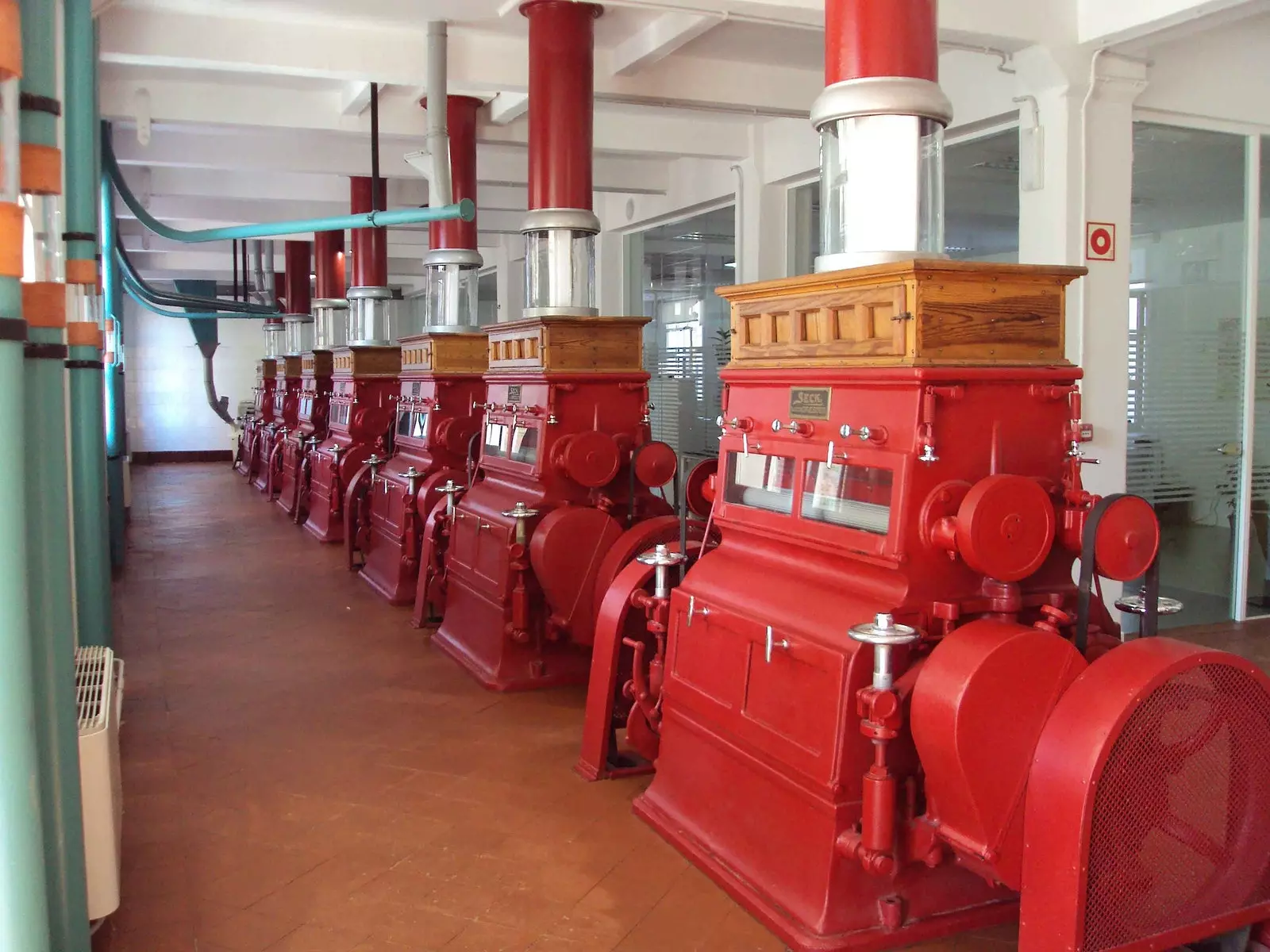
Grinders in the Harino-Bakery
Very impressed by Ebenezer Howard's garden-city concept, Juan José Irala designed a series of decent, accessible and close homes for his workers whose rooms were rented for 25 pesetas, when rents in Bilbao at that time were between 35 and 50 pesetas.
In just a decade, 15 streets with chalets, villas and blocks of flats were built and it went from less than 200 inhabitants in 1908 to almost 3,000 in 1920. It had just been born Iralabarri, what the newspapers of the time called a "village within the city".
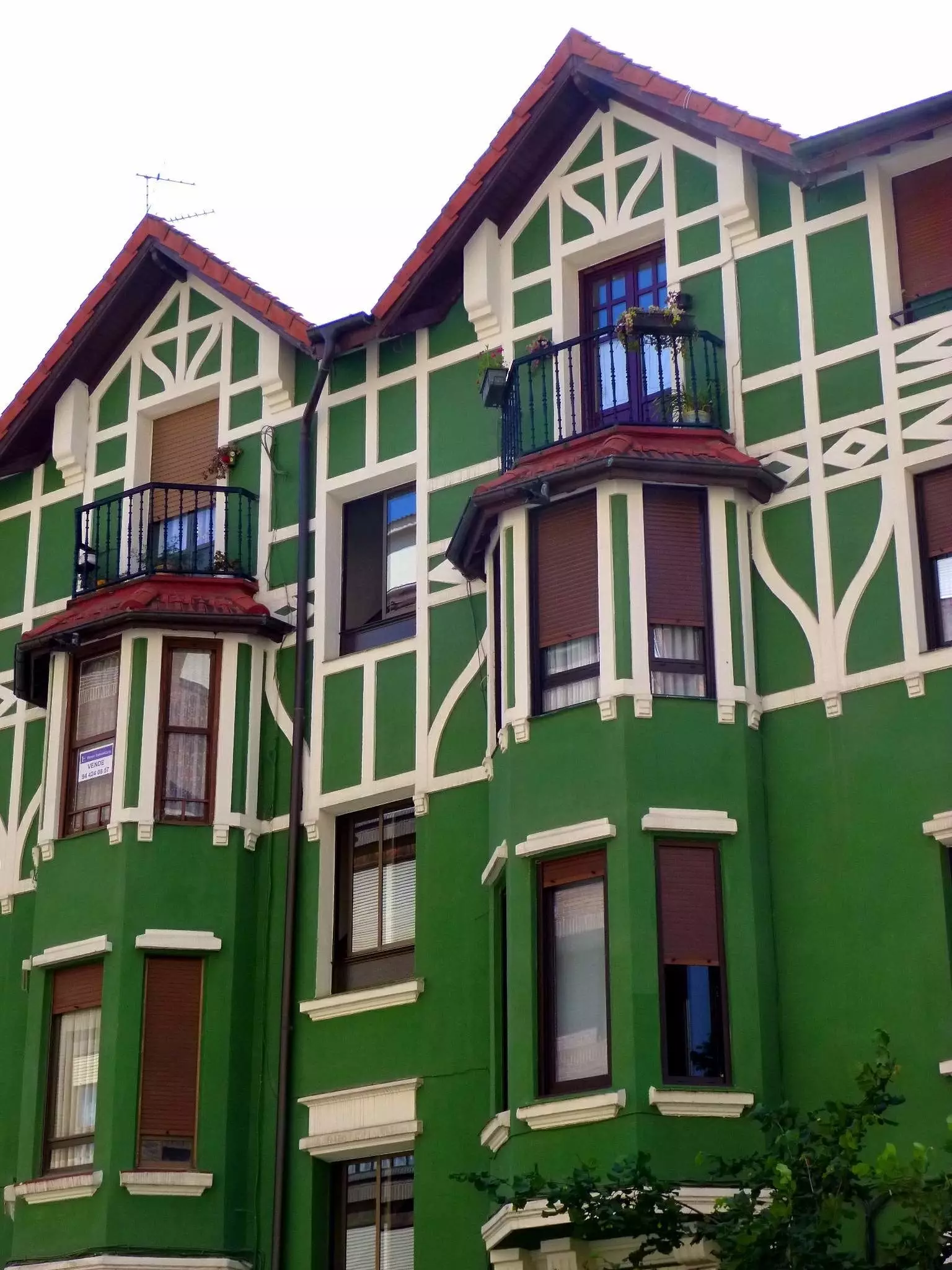
Kirikiño Avenue
SCHOOLS, COMMISSIONS, FREE HEALTH AND A NEIGHBORHOOD IDENTITY
Iralabarri's approach caught the attention of another great urban planner of the time, Arturo Soria, who at that time was already proposing a similar alternative in Madrid; that of Linear City.
In the magazine edited by Arturo Soria himself, the following could be read: “The neighborhood of Iralabarri therefore has the same purpose as the Linear City, although it differs from the former in the breadth and uniformity of its streets, and, above all, in the essential particularities that each house is for a single family. and that the minimum amount of land for each farm must be 400 square meters, the building not being able to occupy more than a fifth of it and the other fifths being allocated to an orchard and a garden around the house for its most complete independence”.
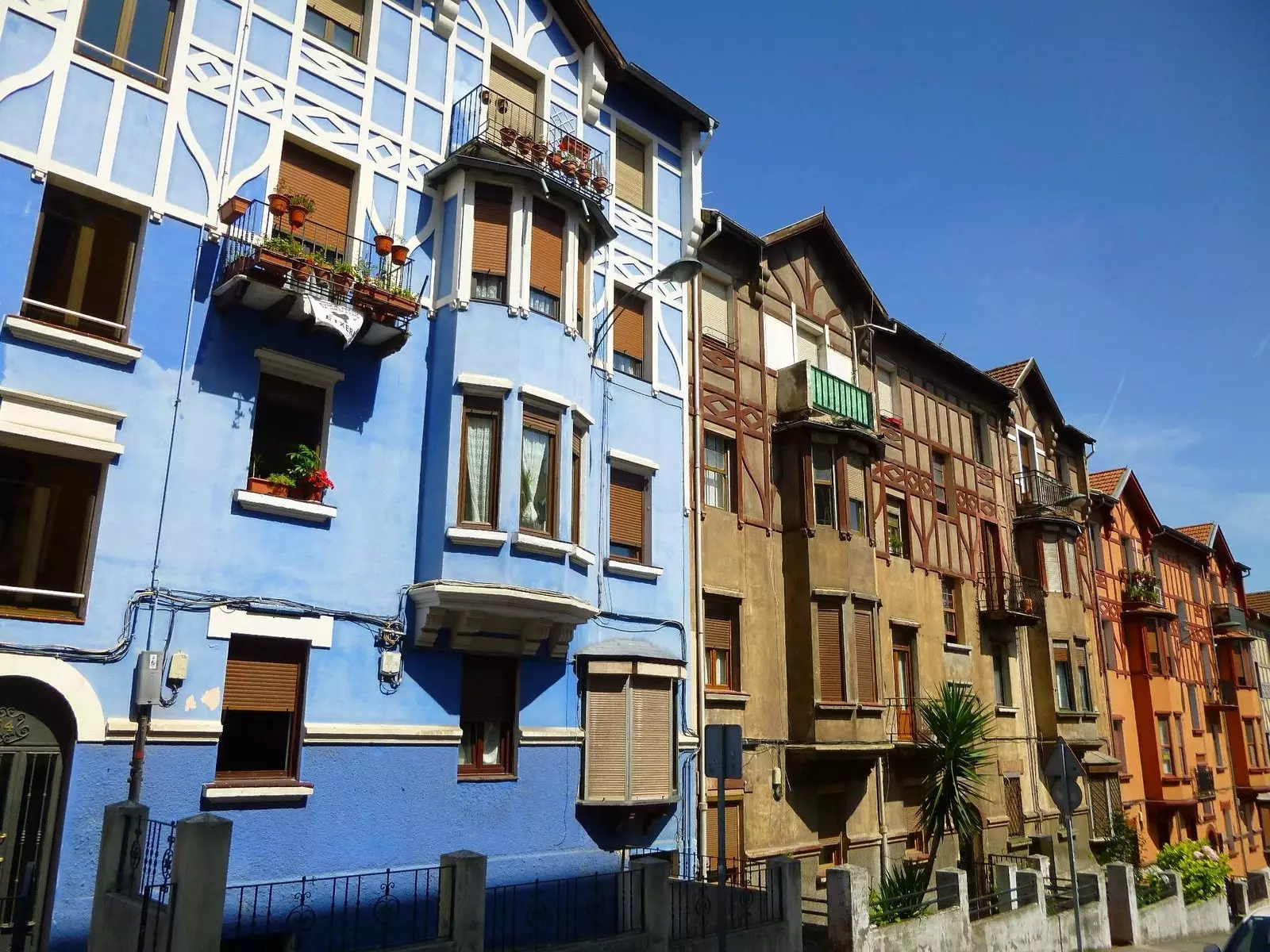
The English houses, guardians of the history of Iralabarri
But Irala's interest was not only in the construction of houses. The businessman, who has been accused of being moralistic and paternalistic on many occasions, raised a whole network consisting of schools, stores – which also offered free medical care –, social centers, popular festivals aimed at promoting respect for the environment and what he called the Temperance Society whose function was to combat alcoholism, one of the great problems of the time, although it allowed the "moderate use of wine and fermented beverages". Irala sought to create a collective lifestyle and favor the creation of a collective identity in the neighbourhood.
He got it though speculation and the vicissitudes of the passage of time they made it a little more difficult for many of the houses built at that time.
Today, a part of the old bakery, declared a monument by the Basque Government, It alternates its public use with the maintenance of the machinery destined for the milling of wheat.
And hidden among the oldest streets of the neighborhood we find the English houses with their eternal role as guardians of the history of Iralabarri.
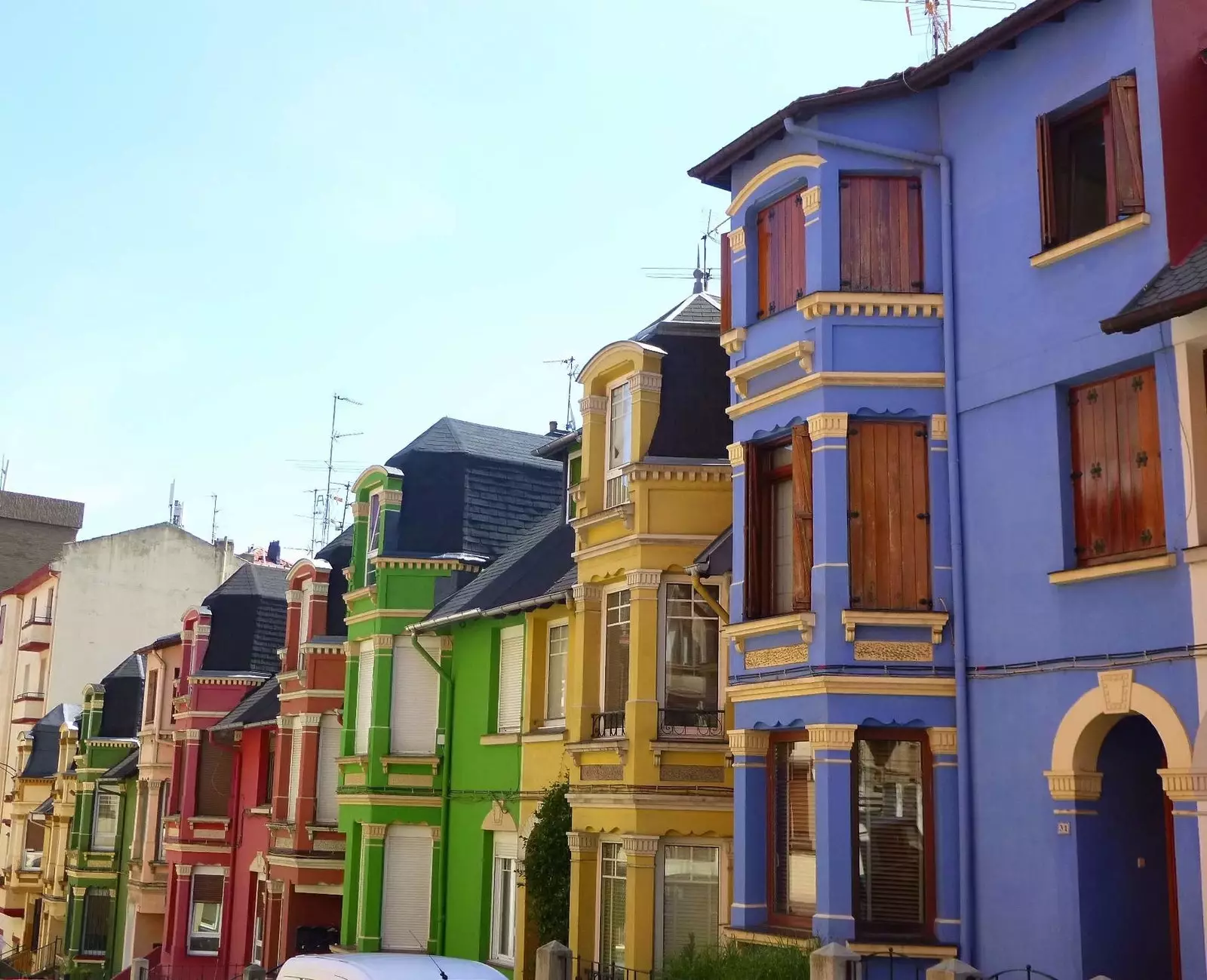
A village within the city
